Dahlia Plant
- March 12, 2024
- 0 comment
Dahlias are beautiful flowers that come from the mountains of Mexico and Central America. People love them because they have very colorful and different-looking flowers. You can find Dahlias in many colors and shapes, which makes them perfect for decorating gardens and making bouquets look pretty. Gardeners and flower lovers enjoy growing Dahlias because they can choose from so many types and they really stand out in any space.
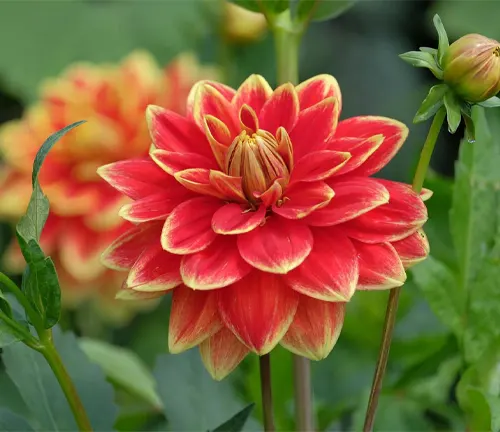
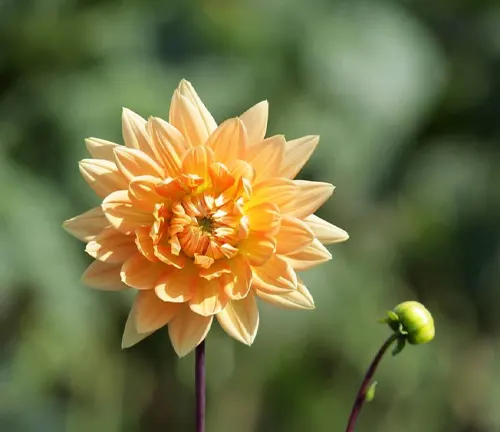
Whether you have a big garden or just a small spot for planting, Dahlias can make it look amazing with their bright blooms. They are not just beautiful but also bring a touch of nature’s magic to homes and events with their eye-catching appearance.
| Characteristics | Description |
| Scientific Name | Dahlia |
| Common Names | Dahlia |
| Family | Asteraceae |
| Native Region | Mexico and Central America |
| Plant Type | Perennial |
| Size | Varies depending on the species, ranging from 12 inches to 6 feet in height |
| Leaves | Lush and green, with some variations in shape and size |
| Flowers | Varied in size, color, and form, including single and double blooms |
| Propagation | Dahlias are commonly propagated through division of tubers or through seeds. |
| Drought Tolerance | Dahlias generally require regular watering and are not particularly drought-tolerant. |
| Cultural Uses | Dahlias are often used in cultural events, floral arrangements, and celebrations due to their striking and diverse blooms. |
| Ecological Role | In their native habitats, dahlias contribute to the biodiversity and ecological balance as part of their natural ecosystems. |
| Notable Species | Some notable species of dahlias include the Dahlia pinnata, Dahlia coccinea, and Dahlia imperialis. |
| Hardiness Zones | Dahlias are generally hardy in USDA hardiness zones 8 to 11, although this can vary depending on the species and cultivar. |
| Growth Rate | Dahlias are known for their relatively fast growth rate, especially during the growing season. |
| Lifespan | As perennials, dahlias have a lifespan of multiple years under the right growing conditions. |
Botanical Beauty of “Dahlia”
It’s great to know that dahlias, originally from Mexico and Central America, are cherished for their vibrant and diverse blooms, making them a popular choice for gardens and floral arrangements. These beautiful flowers come in various colors, shapes, and sizes, adding a visually striking appeal to any garden or bouquet. With thousands of dahlia cultivars available, they are classified into different types, including single, double, pompon, cactus, waterlily, peony-flowered, and dinnerplate dahlias. Additionally, dahlias are tuberous perennials with simple leaves and compound flowers that come in white, yellow, red, or purple. They begin flowering late in the summer and continue blooming until the arrival of autumn frost. Dahlias are relatively low-maintenance and perform best in well-watered, free-draining soils with plenty of sunlight, making them a delightful addition to any garden.
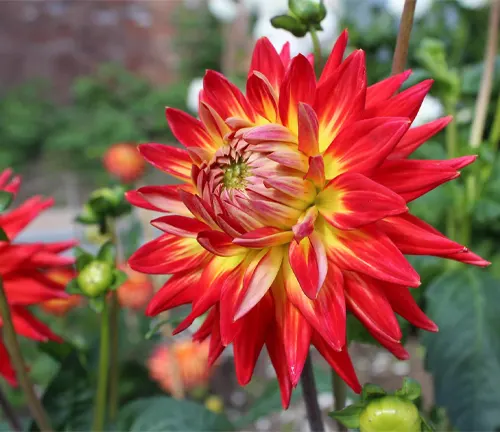
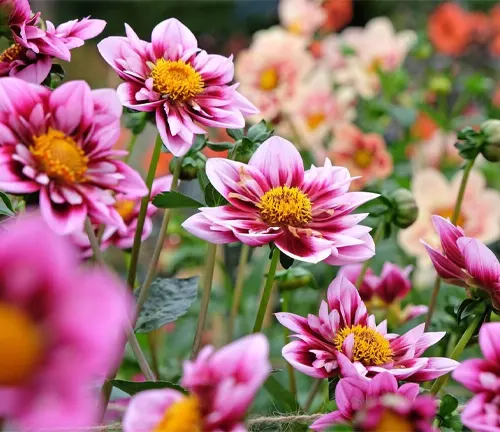
Woodland Elegance
Dahlias are like a beautiful touch of woodland elegance in gardens and landscapes, bringing bursts of color and charm to their surroundings. Their vibrant and diverse blooms make them a visually striking addition, enhancing the beauty of any outdoor space.
Ecological Importance
Dahlias are important in their natural habitat because they support pollinators and help to maintain the overall biodiversity of their ecosystems. By providing nectar and pollen, they attract and nourish bees, butterflies, and other important pollinating insects, playing a crucial role in the natural balance of their environment
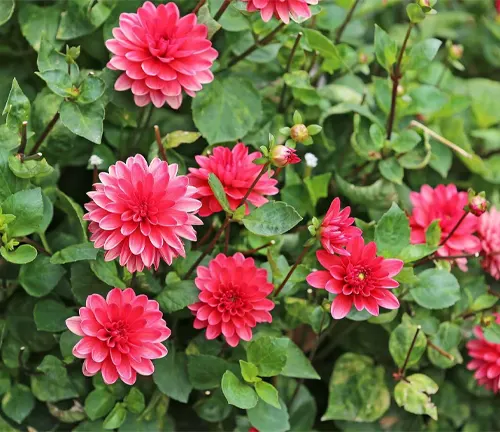
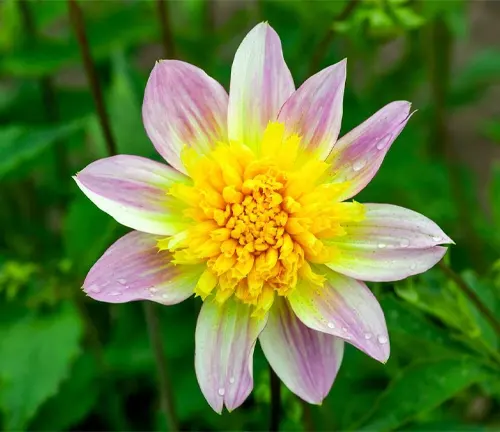
Cultivation and Conservation
Growing various types of dahlias not only allows people to enjoy their beauty but also helps in conserving these plants for the benefit of future generations. By cultivating different species of dahlias, we can play a part in preserving and protecting these flowers, ensuring that they thrive and continue to bring joy for years to come.
Fragrance
Dahlias are known more for their stunning looks than their scent, as many varieties have only a slight fragrance or none at all. Unlike other flowers celebrated for their fragrance, such as roses or lilies, dahlias are favored for their vibrant colors and diverse shapes, making them a feast for the eyes rather than the nose.
While some people may enjoy the light fragrance of certain dahlia varieties, the primary allure of these flowers is undoubtedly their botanical beauty, which adds a pop of color and elegance to gardens and floral arrangements.
Soil Stabilization
Dahlias have strong and extensive root systems that can play a crucial role in stabilizing soil, especially in areas that are at risk of erosion. These roots help to bind the soil together, preventing it from being washed away during heavy rainfall or strong winds. As a result, planting dahlias in vulnerable areas can help to maintain the integrity of the soil and reduce the impact of erosion, making them valuable plants for environmental conservation.
In addition to their ornamental value, the soil stabilization properties of dahlias make them beneficial for landscaping and gardening in regions where soil erosion is a concern. By anchoring the soil with their robust roots, dahlias not only contribute to the overall stability of the landscape but also provide an attractive and practical solution for maintaining soil health in various environments.
Common Uses
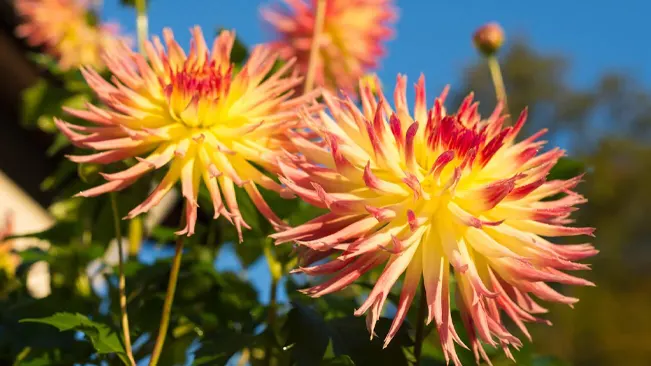
Dahlias are popular for a variety of purposes, including brightening up gardens, adding charm to landscapes, and bringing vibrant colors to floral displays. Their striking and enduring blooms make them a favored choice for decorating outdoor spaces and creating eye-catching arrangements.
Additionally, their versatility as cut flowers makes them a go-to option for bouquets, centerpieces, and other floral designs, allowing people to enjoy their beauty both indoors and outdoors. Whether in a garden bed, a landscaped area, or a vase on a table, dahlias are cherished for their ability to bring joy and visual appeal to different settings.
Benefits
Dahlias offer a range of benefits, from their stunning beauty that pleases the eye to their role in supporting a diverse range of plants and animals in their natural habitats. Their vibrant blooms contribute to the overall biodiversity of ecosystems by attracting and nourishing pollinators like bees and butterflies, playing a vital part in the balance of nature.
Moreover, dahlias are versatile flowers that can be used in various gardening, landscaping, and artistic pursuits. Their wide array of colors, shapes, and sizes make them valuable for creating visually appealing outdoor spaces and adding a touch of elegance to floral arrangements, making them a favorite choice for horticultural and artistic endeavors.
Different Species
Cactus Dahlia
The Cactus Dahlia is known for its dramatic look, with its spiky, tube-shaped petals that give it a unique and eye-catching appearance. These striking flowers can add a bold and vibrant touch to gardens and floral arrangements, making them a popular choice for those seeking a standout floral display.
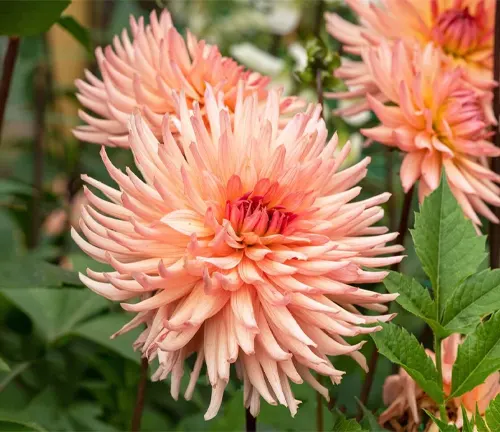

Semi-Cactus Dahlia
The Semi-Cactus Dahlia shares similarities with the Cactus Dahlia but features petals that are slightly less spiky, offering a softer yet still captivating look. This variation provides a balance between the boldness of the Cactus Dahlia and a more delicate appearance, making it an appealing choice for those seeking a unique and charming addition to their floral arrangements or gardens.
Pompon Dahlia
The Pompon Dahlia is known for its charming appearance, with small, tightly rolled petals that create delightful miniature globes, adding a touch of whimsy and elegance to gardens and floral displays. These petite and intricate blooms make the Pompon Dahlia a popular choice for those looking to infuse their surroundings with a sense of enchantment and beauty.

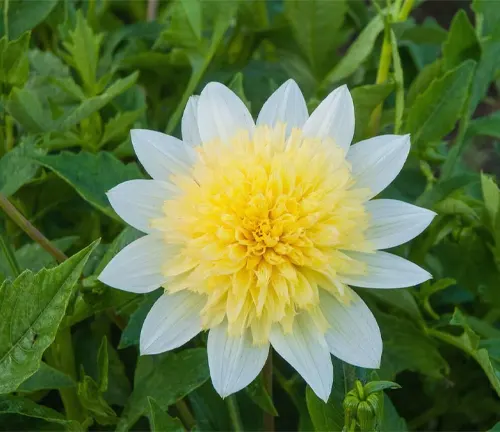
Anemone Dahlia
The Anemone Dahlia is captivating with its central cluster of tube-like petals surrounded by a ring of flatter petals, giving it a distinctive cushion-like appearance that adds a unique and charming touch to floral arrangements and gardens. This particular dahlia variety stands out for its intriguing structure, making it a popular choice for those seeking to create visually captivating and texturally interesting floral displays.
Collarette Dahlia
The Collarette Dahlia has a daisy-like look, with a circle of larger petals surrounding a ring of smaller petals and a central disc, creating a charming and distinctive floral pattern. This unique structure makes the Collarette Dahlia a popular choice for those looking to add a playful and whimsical touch to their gardens or floral arrangements.

Frequently Asked Questions (FAQs)
1. What is a Dahlia?
A Dahlia is a colorful, diverse type of flower that comes from Mexico and Central America. It’s known for its wide range of colors and shapes, making it a favorite for gardens and bouquets.
2. How do you grow Dahlias?
Dahlias grow best in well-drained soil with plenty of sunlight. Plant their tubers in the ground after the danger of frost has passed, and water them regularly to keep the soil moist.
3. Can Dahlias grow in pots?
Yes, Dahlias can grow in pots. Choose a large pot with good drainage and ensure it gets enough sunlight. Regular watering is important, as potted plants dry out faster.
4. Do Dahlias need a lot of sunlight?
Dahlias thrive in full sunlight. They need at least 6 to 8 hours of direct sunlight a day to bloom well.
5. When do Dahlias bloom?
Dahlias usually start blooming in mid-summer and continue until the first frost in fall. With proper care, they can provide colorful flowers for several months.
6. How do I take care of Dahlias in winter?
In colder areas, Dahlia tubers should be dug up after the first frost and stored in a cool, dry place over winter. Replant them in the spring after the last frost.
7. Are Dahlias good for bees and butterflies?
Yes, Dahlias are great for attracting bees, butterflies, and other pollinators. Their blooms provide a valuable source of nectar late in the season.
8. Can I cut Dahlias for bouquets?
Absolutely! Dahlias make beautiful cut flowers. Cutting blooms encourages more flowers to grow, extending the blooming season.
9. Do Dahlias come back every year?
Dahlias are perennials in warm climates (USDA zones 8-11) and can come back each year. In cooler zones, their tubers need to be dug up and stored over winter to be replanted in spring.
10. How many types of Dahlias are there?
There are thousands of Dahlia cultivars, classified into categories based on their flower shapes and sizes, including cactus, pompon, waterlily, and dinnerplate varieties, to name a few. Each type offers a unique look for any garden or floral arrangement.


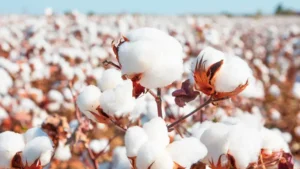

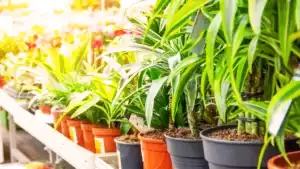
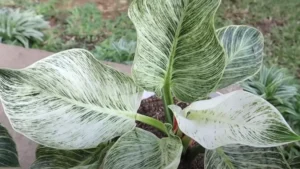
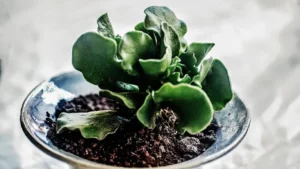
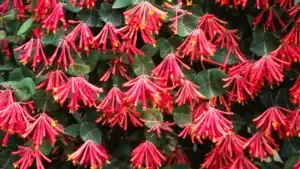
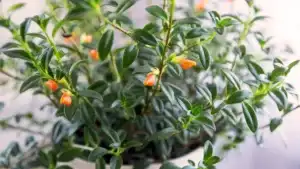

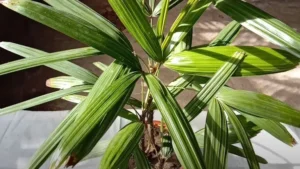
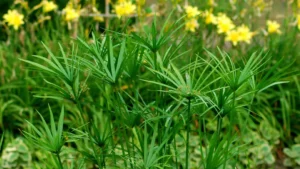
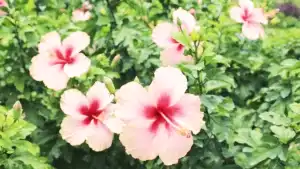

Leave your comment